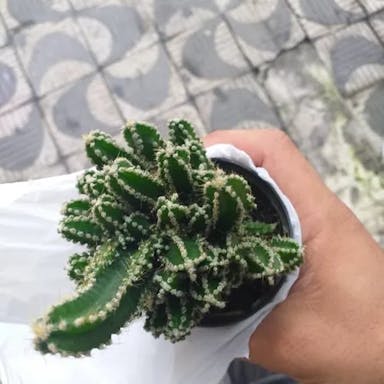Bog-rosemary, scientifically known as Andromeda polifolia, is a plant that belongs to the Ericaceae family. The plant typically grows in wet, acidic soils, such as bogs and marshes. The flowers of Andromeda polifolia are bell-shaped and have a pale pink or white color. They bloom in the spring. Andromeda polifolia is a type of shrub. It is relatively easy to grow, as long as the soil conditions are suitable. The plant prefers moist, acidic soil and partial shade. In terms of meaning, Andromeda polifolia is connected with femininity and grace. It is often utilized in floral arrangements. The fruit of Andromeda polifolia is a small capsule containing numerous tiny seeds. The fruit provides food. Overall, Andromeda polifolia is a versatile plant that contributes elegance. Its adaptability makes it popular among enthusiasts.
0
0











